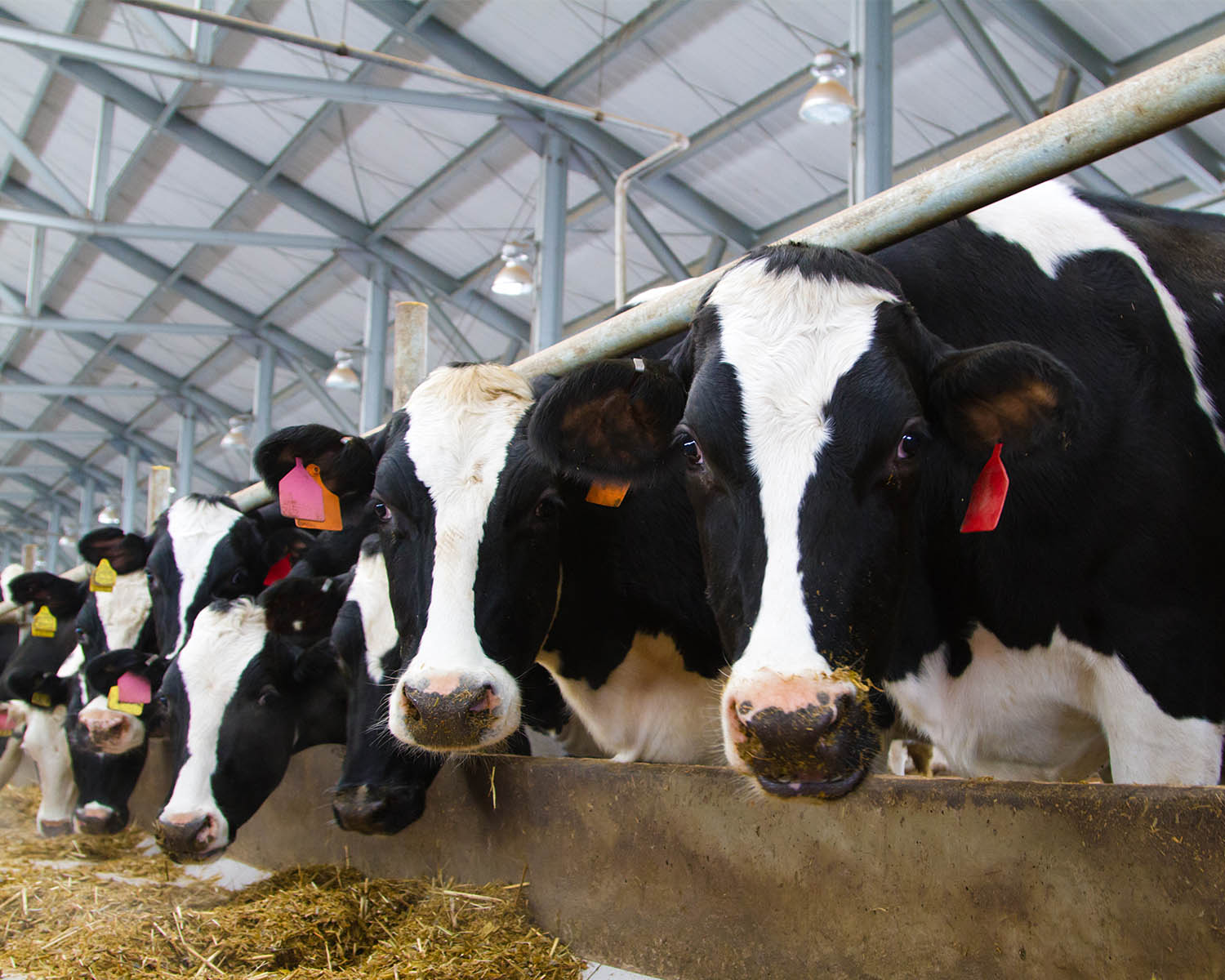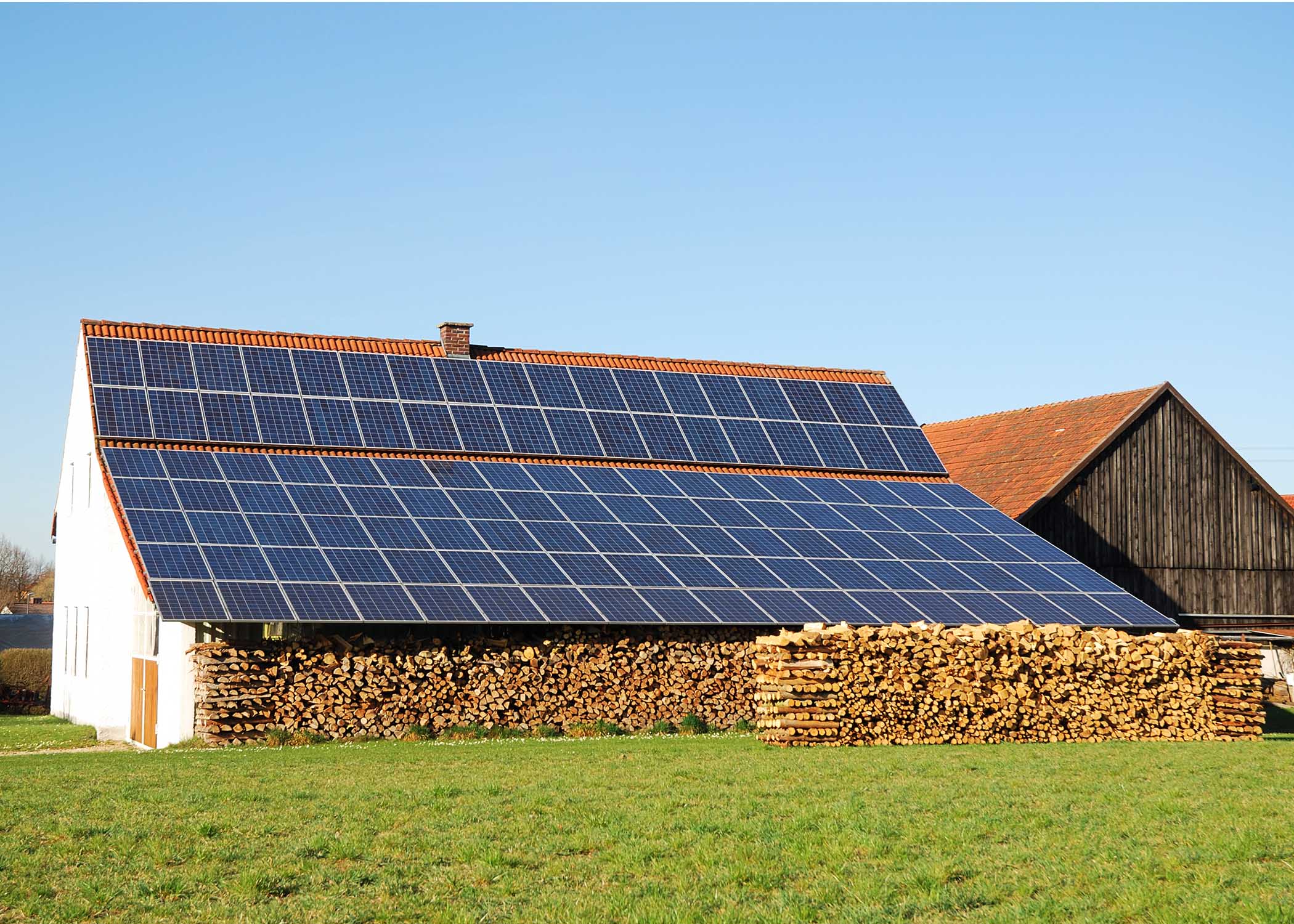As a construction business owner, you know that sustainable building practices are essential.
Some would argue that sustainability is more important than ever before.
Its practices help the environment and save you and your clients time and money in the long run.
Is it time to implement more of them in your business processes?
What Is Sustainable Building?
It refers to creating structures that complement rather than negatively impact the environment.
The benefits of green building should last throughout the structure’s life cycle from design to demolition.
This practice addresses comfort, economy, durability, and cost, which are traditional building design concerns.
Construction companies can achieve sustainability through passive means or active means:
- People build passive sustainable buildings using materials and construction methods requiring little or no heating or cooling energy.
- Active sustainable buildings use renewable energy sources such as solar or wind power to supplement or replace conventional energy sources.
What Are Some Sustainable Building Practices to Consider?
There are several sustainable practices to consider when constructing a new building or renovating an existing one.
These practices can help reduce the environmental impact of a construction project and save time and money in the long run.
Consider the following examples.
1. Standardized Processes
Your clients have unique needs, and each new building project and site create a new architectural adventure.
Even so, some processes remain the same.
Tackling these processes as new problems can lead to wasted time.
Standardization can reduce misused materials and time because employees know what procedure to follow.
Standardization might take some time, but it is worth the investment.
Start by looking at your most popular services and breaking them down into a step-by-step process.
You can then create templates for each procedure stage to make it easier for your team to follow.
Here are some standard processes you can standardize in construction to ensure sustainable building:
- Design steps and phases
- Procurement
- Billing
- Operations and maintenance manuals
- Waste management
2. Prefabricated Building Materials
Construction companies often overlook using prefabricated building materials.
It reduces some of the work and, consequently, some of the labor you could otherwise charge for.
However, it speeds up the construction process and makes it possible to take on more jobs each year than you otherwise could.
Manufacturers create prefabricated materials in a factory setting and ship them to construction sites.
Upon arrival, construction crews might only need to assemble the pieces.
You might also provide finishing touches if the materials contain the shell or kit.
Building with prefabricated materials is more sustainable than traditional construction.
It reduces waste and condenses transportation emissions into one or two large shipments.
3. Passive Solar Design
This design takes advantage of the Sun’s natural heat and light to help keep a space warm or cool, depending on the season.
You can use passive solar design in both new construction and renovation projects.
There are three main types of passive solar design:
- Direct gain: This sustainable building design includes south-facing windows letting sunlight heat a space. The heat distributes by either convection or radiation.
- Trombe wall: This thick wall is usually made of masonry and placed on the south side of a building. It absorbs heat from the Sun during the day and releases it at night, helping keep the building warm.
- Isolated gain: This passive solar design uses sunspaces or greenhouses to collect heat. The air in the sunspace is circulated into the rest of the building using fans or natural convection currents.
Passive solar design is sustainable because it doesn’t require energy to heat or cool a space.
It’s also a cost-effective way to improve energy efficiency.
4. Daylighting
Daylighting is the practice of using natural light to illuminate a space.
You achieve this by using windows or skylights to light a space.
Daylighting can also involve the use of reflective surfaces that bounce light around.
Skylights and clerestory windows are two sustainable building tools for adding natural light.
When choosing daylighting to light spaces, remember that this can also contribute to passive heating.
While this is excellent news for climates with cold winters, it could create cooling problems in hotter climates or during the summer.
Some builders work around this issue by installing shades or tinting the windows.
Daylighting is sustainable because it doesn’t require any energy to light a space.
Natural lighting also reduces the risk of eye strain and headaches.
5. Natural Ventilation
Natural ventilation is the process of using air movement to cool or heat a space.
You can choose appropriate windows or door placements and use fans to circulate air.
Consider these examples of natural ventilation:
- Cross-breeze: Open windows on opposite sides of a room to create a cross-flow of air.
- Stack effect: Occurs when hot air rises and vents out of the top of a building. Cool air is then drawn in from the bottom to replace it.
- Windcatcher: Builders place this device in a window to catch the wind and funnel it into a room.
Natural ventilation is sustainable because it doesn’t require energy to cool or heat a space.
It’s also a healthy way to ventilate buildings because it improves indoor air quality.
6. Building Automation Systems (BAS)
BAS can help you manage several building systems, including heating, cooling, lighting, and ventilation.
This sustainable building installation also helps you monitor energy use and adjust to conserve energy.
BAS is becoming increasingly popular in new construction and renovation projects.
Most residential consumers recognize them as smart-home features.
So, how do these contribute to sustainable building goals?
Consider the example of a thermostat.
The Department of Energy estimates annual energy bill savings of 10%.
The EPA estimates that, by 2050, smart thermostats and other ENERGY STAR upgrades could reduce the annual energy consumption of American households by 20%.
7. Lean Manufacturing
Lean manufacturing streamlines the construction process to waste less material and eliminate unnecessary steps.
Automakers often use this to speed up production times without sacrificing quality and safety.
However, it can also have phenomenal results when applied to construction.
Lean manufacturing aims to create a pull system instead of a push system.
In a push system, the production relies on forecasts and estimates.
This results in overproduction and waste.
In a pull system, production stems from actual demand, helping eliminate waste and keep inventory levels low.
Lean manufacturing is sustainable because it reduces the amount of material wasted during the construction process.
It’s also a more efficient building, saving time and money.
8. Water Conservation
Water conservation is another sustainable building practice to consider.
There are many ways to conserve water in a building:
- Using low-flow fixtures: These use less water than traditional fixtures.
- Employing automation: Some clients prefer automated faucets, for example, that turn on and off via motion sensors to detect hands or other items.
- Collecting rainwater: This reduces the amount of water taken from municipal sources.
- Reusing greywater: This system recycles water that would otherwise end up in sewers.
Water conservation is vital for two reasons.
First, it’s a sustainable way to reduce your water usage.
Second, it can help you save money on your water bill.
9. Sustainable Building Materials Selection
The materials you select for your construction projects can also impact sustainability.
When choosing materials, consider the following:
- Life cycle: How long will the material last? Durability can reduce how soon or often the owners will need to buy more materials to replace it.
- Embodied energy: This term refers to the energy required to produce the material. Choosing materials that need less processing or energy consumption directly benefits the environment.
- Recyclability: Can the material be recycled or reused? You can sometimes recycle or reuse existing materials, such as those removed from other job sites.
- Local availability: Is the material sourced locally? Local availability significantly reduces transportation costs and the resulting fuel consumption and emissions.
You might not always have the opportunity to prioritize these factors.
Sometimes, your client might not care about the environmental impact and prefer the less sustainable option.
Even so, attempting as often as possible can have a powerful and positive environmental impact.
10. Natural Material Choices
Across America, many homeowners have become concerned about off-gassing and other factors affecting indoor air quality.
This increased the need for natural and sustainable building materials that don’t release gasses or other toxic substances into the air.
In some cases, natural material choices are a cost factor. For example, some people use cob material to build walls instead of conventional bricks. This more sustainable and environmentally friendly option often requires no construction experience to complete.
Even so, many homeowners will pay for convenience or speed.
These clients may also appreciate working with construction companies that efficiently handle the things they cannot, as well as offer advice on things the customers feel more willing to tackle on their own.
11. Solar Power
You can generate green energy from renewable sources like solar, wind, or hydropower.
Solar energy often has a higher upfront cost than traditional forms of energy.
However, the cost is dropping as technology improves and becomes more efficient.
In some cases, you may be able to get government incentives for using solar.
These sustainable building incentives can help offset the initial cost of installation.
Additional cost offsets come from the fact that you eliminate or significantly reduce an existing bill.
Currently, 4% of American households run partially or fully off solar panels.
Experts believe this number will reach roughly 12% by 2030.
This signifies room for growth that your company can tap into.
12. EV Charging Stations
The number of electric vehicles on the road increases every year.
Executives at auto-manufacturing companies believe that 52% of new cars could be electric models by as early as 2030.
This increase comes with a need for more charging stations at home and commercial buildings.
Consequently, you can install EV charging stations as a sustainable building practice.
This can attract new customers and business to your clients’ companies.
It can also provide an opportunity to generate revenue from the sale of electricity.
For homeowners, charging vehicles at home or catering to family and friends with EVs is convenient.
Kelley Blue Book told MarketWatch that charging an EV could cost roughly $22 per month.
This number is from 2021, so prices might have increased as gas prices increased.
However, this is still significantly less than the cost of fuelling a vehicle each month, even by 2021 standards.
13. Low-Impact Construction
When placing structures, especially in natural settings, consider the environmental impact.
Does the structure blend into its environment?
Will building require you to cut down many trees or displace wildlife?
Encroaching into wildlife habitats has had disastrous impacts on the lives of animals and the people who live in these homes.
As a sustainable building practice, you can avoid these problems by studying the land and finding ways to work around or with the existing environment.
This might mean using different materials or construction methods that have less impact.
In some cases, you may also be able to create new habitats as part of your building project.
For example, you can install a green roof that provides a home for birds and insects.
How Does Unbound Solar Contribute to Sustainable Building?
You might not think green building practices are essential for your construction business.
However, these practices can help you save money, attract new customers and generate new revenue streams.
These practices become increasingly important as the world becomes more focused on sustainability.
Solar is a leading form of sustainability that has increasingly attracted the attention of homeowners and commercial building owners.
Partnering with Unbound Solar can streamline your sustainable building practices by making it easier to bring solar to your clients.
We have a team of solar experts who can help you with system design.
Contact us for more information today!


